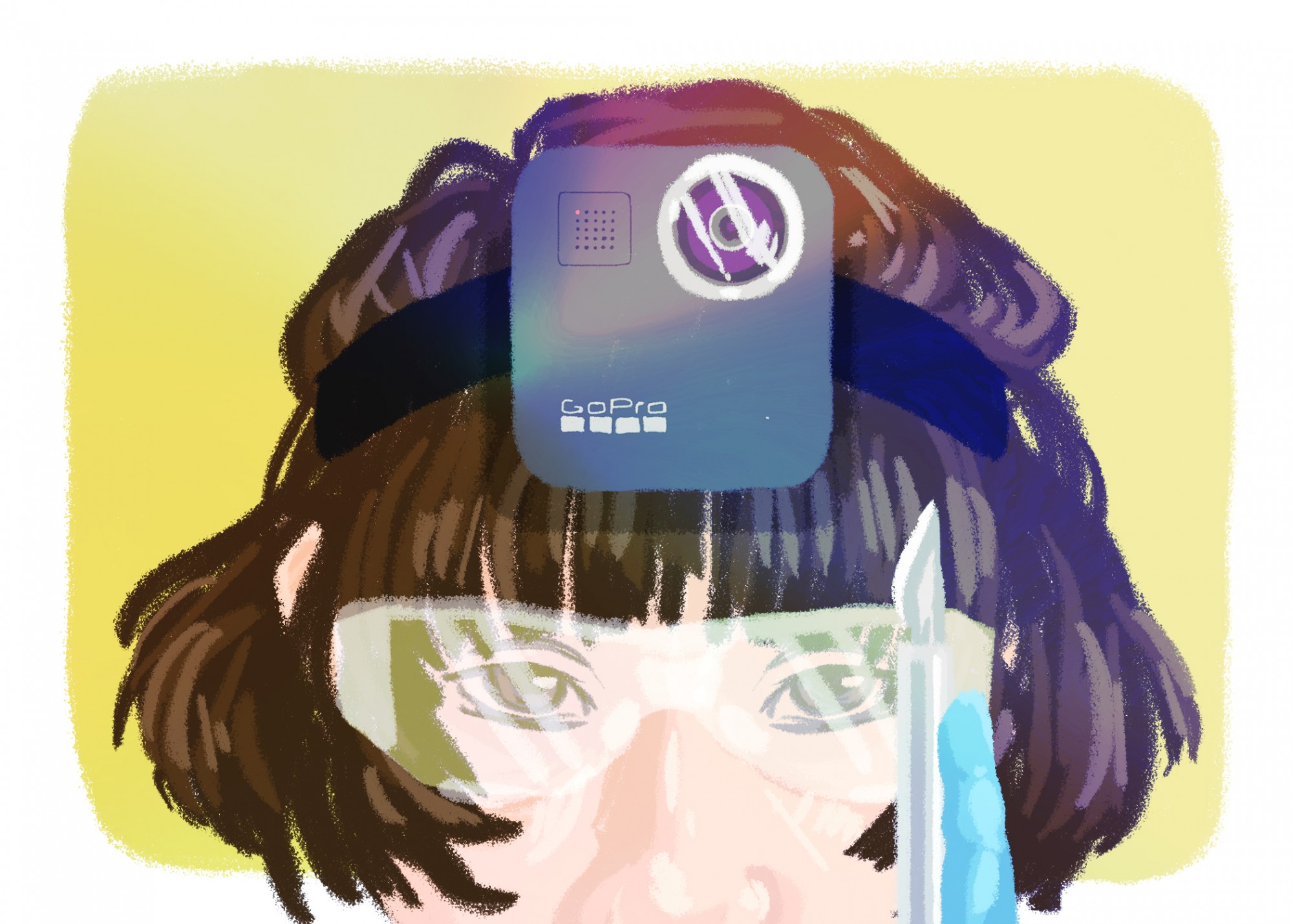The College of Veterinary Medicine at the University of Minnesota is implementing camera technology to help teach animal surgeries to students.
For students taking clinical courses, the switch to remote learning due to COVID-19 has disrupted the hands-on laboratory and field experience often needed to complete their degree. As a result, leaders within the college are utilizing mounted iPhones and other technology to stream animal surgeries to students in real time.
“A portion of students are allowed to continue working and learning in hospitals, and some haven’t for their own safety and preferences,” said Erin Wendt-Hornickle, assistant professor in the Department of Veterinary Clinical Sciences. “Students in hospitals will be filming these surgeries and allow students remotely to interact and make decisions using Zoom.”
Wendt-Hornickle’s division, the Department of Veterinary Clinical Sciences, received a $2,500 grant from the college to purchase the needed equipment — including an iPhone, headgear allowing the phone to be mounted and documentation equipment. The department will likely purchase additional sets of this technology once it is proven to be effective, Wendt-Hornickle said.
“The grant purchases everything … we started off with GoPros but realized they couldn’t be used for real time interaction between students and surgeries,” Wendt-Hornickle said.
Although the college had been implementing other online components throughout the duration of distance learning, these advances will be critical, said Hilary Hooberman, a veterinary student and doctorate candidate.
“Technology that would allow us to take part in virtual lab practices or clinicals would really enhance my learning, because I learn better if I can see a skill or procedure performed from start to finish, while it is being explained,” Hooberman said.
While the new technology was introduced to bridge the gap between students and surgeries created by distance learning, college leaders also plan to use the elements in regular curriculum in the future.
“We don’t know how long [distance learning] will go on for, and it’s important that these surgeries continue,” Wendt-Hornickle said. “We’re also developing a parallel track to begin using this technology to introduce surgery and lab work to students earlier in the curriculum.”
The technology will be introduced primarily to students studying anesthesiology and pain medicine, the department in which Wendt-Hornickle teaches. Though with additional funding, the idea could be introduced across various medical fields and disciplines.
“Being able to observe and learn from a true, unscripted client interaction with higher stakes would offer a great environment for learning,” said veterinary student Jessi Coryell in an email to the Minnesota Daily. “Implementing new technology within our virtual labs and clinicals will elevate the content from a hypothetical situation and bring the material to life.”

















